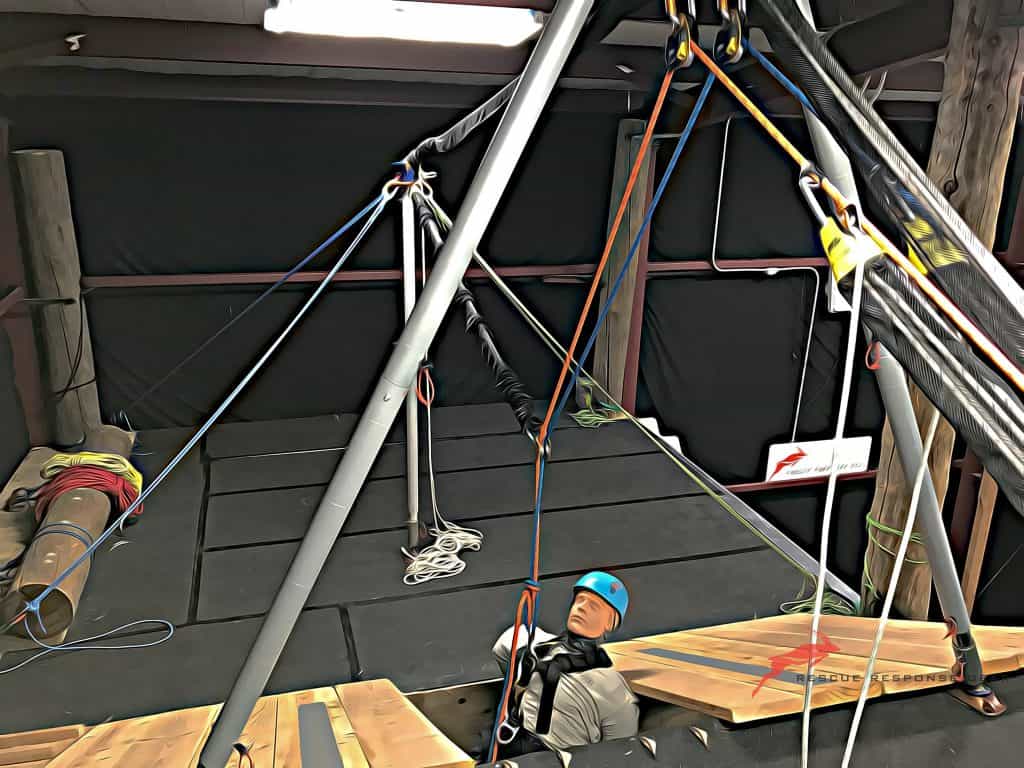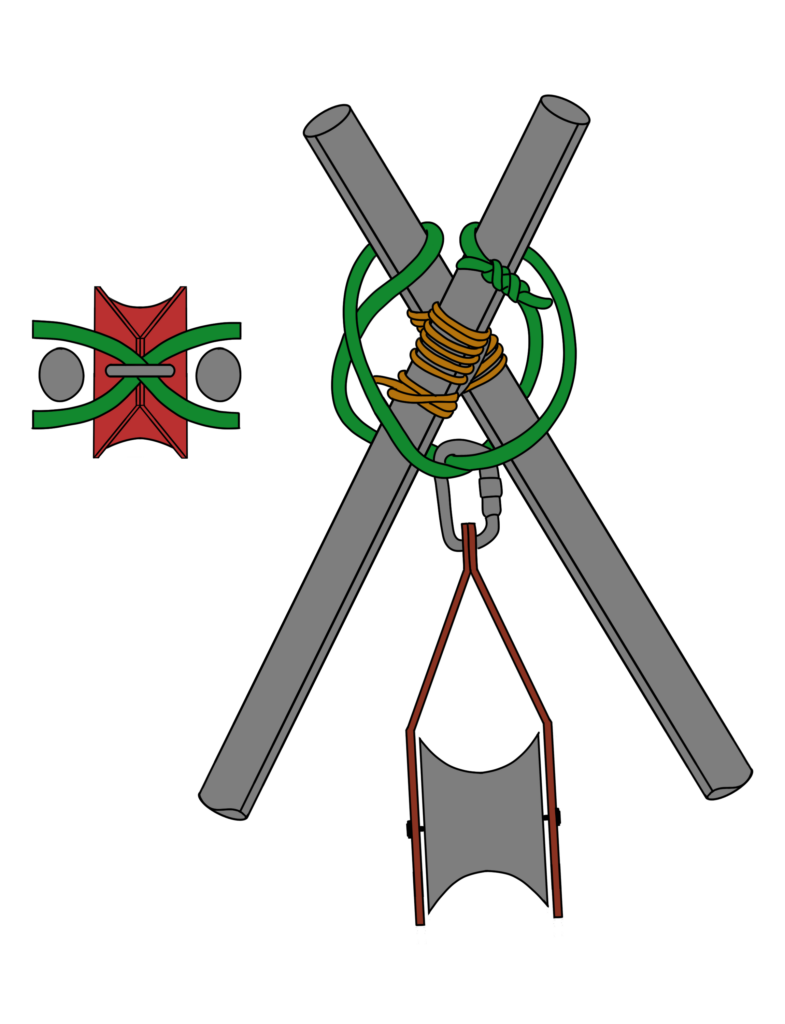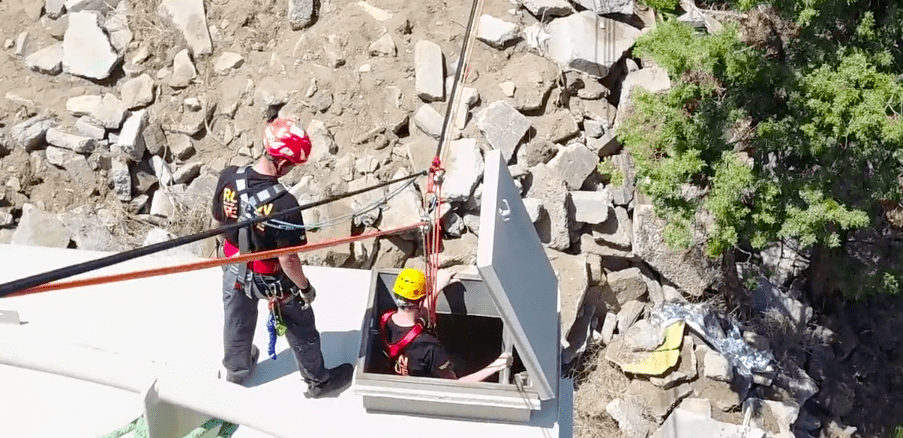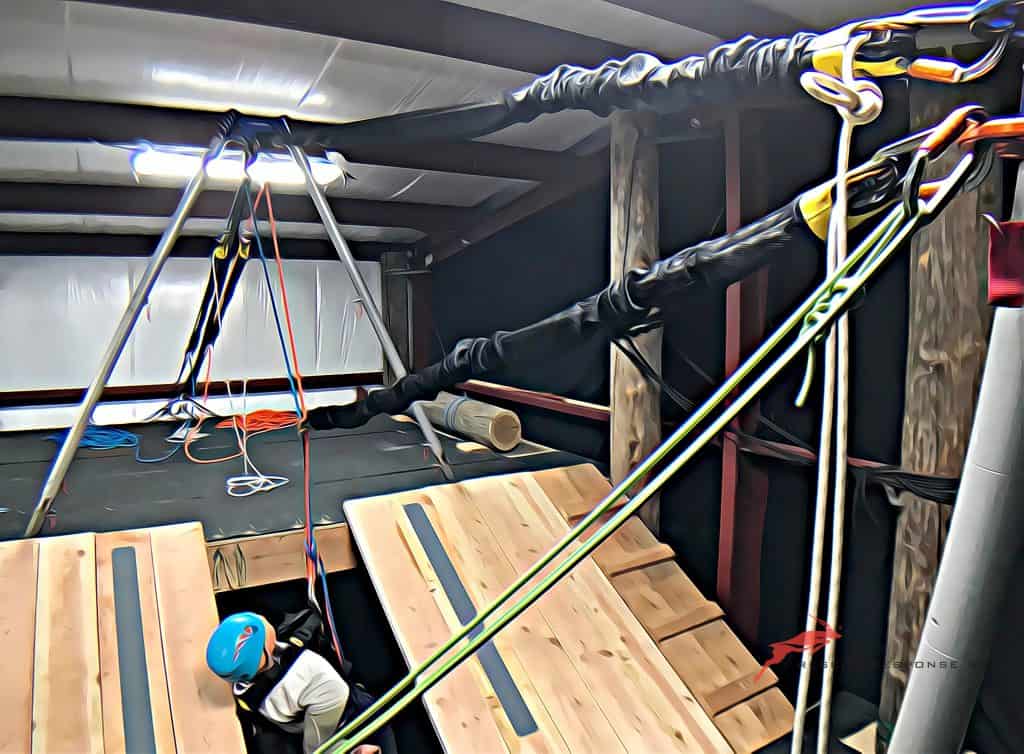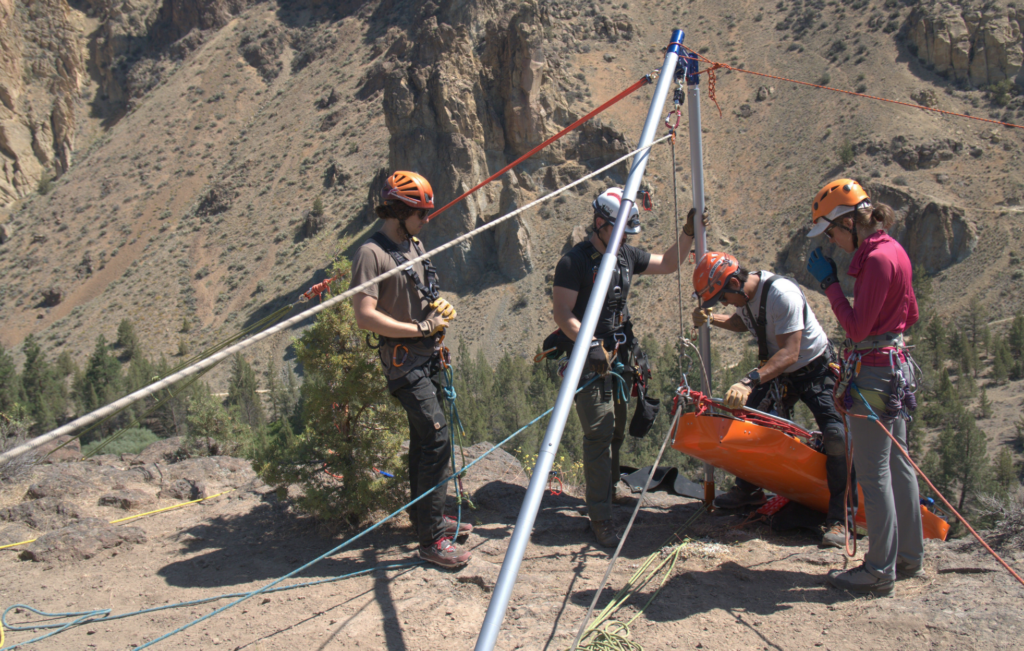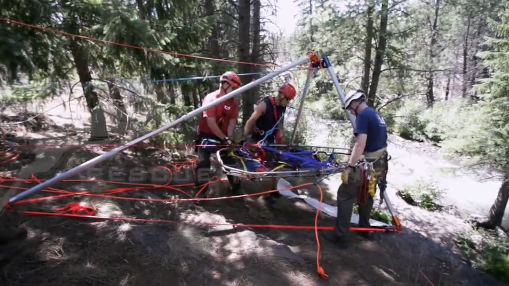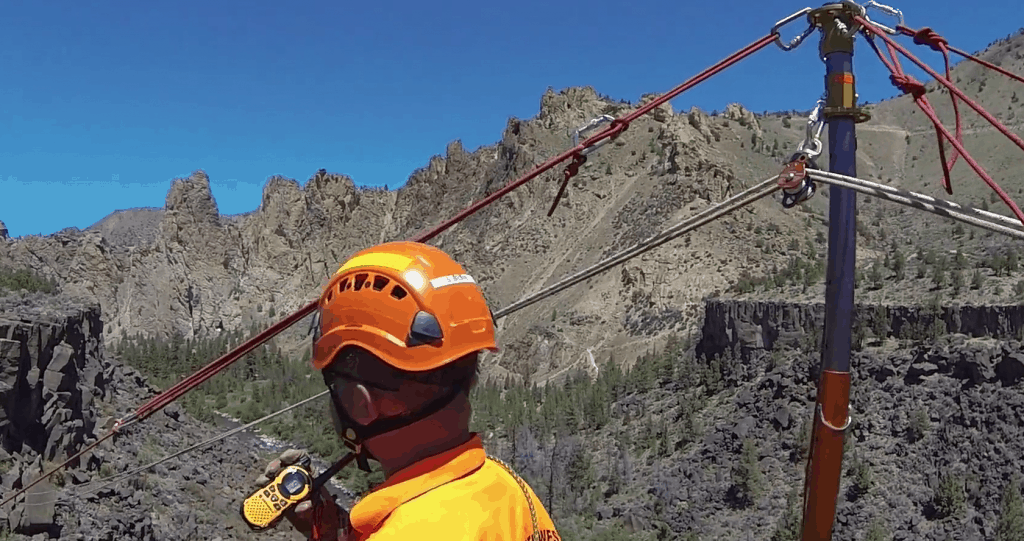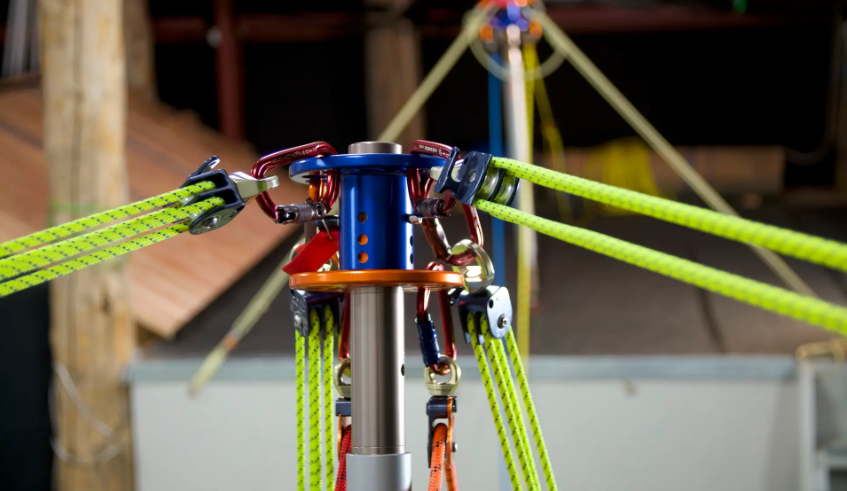Purpose Built Artificial High Directionals
Artificial High Directionals: Purpose-Built Systems and Improvised Solutions Artificial High Directionals (AHDs) play a crucial role in technical rescue operations by creating elevated anchor points for hauling, lowering, and managing edge transitions. While purpose-built products like the Arizona Vortex and SMC Terradaptor are industry standards, rescue teams often encounter scenarios where they must improvise using […]
Purpose Built Artificial High Directionals Read More »

